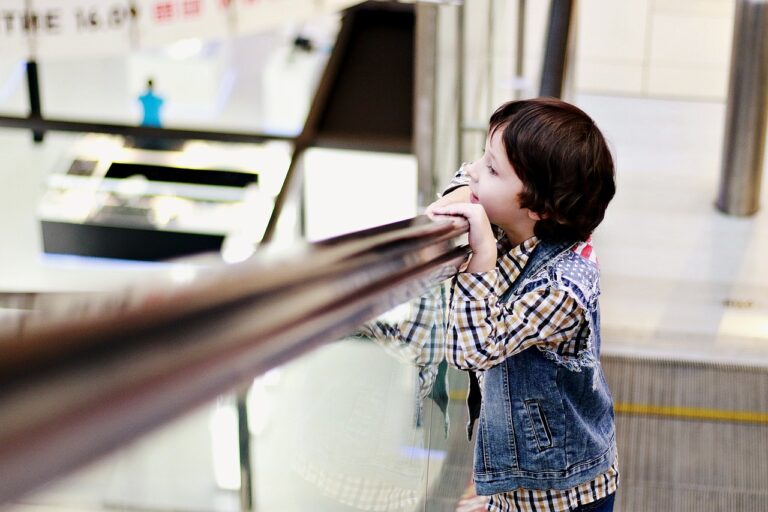The Impact of Social Distancing on In-store Shopping Experiences
With the advent of technology and the rise of e-commerce, the shopping landscape has undergone significant transformations in recent years. Traditional brick-and-mortar stores are facing the challenge of adapting to the digital age, with online shopping becoming increasingly popular among consumers. This shift has led to fierce competition in the retail sector, pushing businesses to enhance their online presence and optimize the shopping experience for customers.
Moreover, the emergence of mobile shopping apps and social media influencers has further influenced consumer behavior, making it easier for individuals to discover new products and make purchases with just a few clicks. The convenience and accessibility of online shopping have redefined the way people shop, with many opting for the ease of shopping from the comfort of their own homes rather than visiting physical stores. As a result, retailers are focusing on creating seamless omnichannel experiences to cater to the evolving preferences of modern shoppers.
Changes in Consumer Behavior
Consumer behavior has been significantly altered in response to the ongoing global health crisis. With the shift towards online shopping, e-commerce sales have surged as more individuals opt for the convenience and safety of making purchases from their homes. This change has forced brick-and-mortar retailers to adapt their strategies to cater to the evolving preferences of consumers.
Moreover, consumers have become more conscious of their spending habits and are prioritizing essential items over discretionary purchases. Items related to health, hygiene, and home essentials have seen an increase in demand, reflecting a shift in consumer priorities during these uncertain times. As individuals continue to navigate the challenges posed by the pandemic, understanding these changes in consumer behavior is crucial for businesses to stay relevant and meet the needs of their target audiences.
Implementation of Social Distancing Measures
Retailers and businesses have swiftly responded to the need for implementing social distancing measures in their stores and establishments. Floor markings, signage, and barriers have become common sights to remind customers to maintain a safe distance from one another. With the health and safety of both customers and employees being a top priority, businesses have also limited the number of people allowed inside at one time.
In addition to physical measures, many businesses have also adopted contactless payment options to minimize the need for close interaction between customers and employees. This not only helps in reducing the risk of virus transmission but also provides a more convenient and efficient shopping experience for consumers. As social distancing continues to be a crucial aspect of daily life, these measures are likely to remain in place in the foreseeable future.





